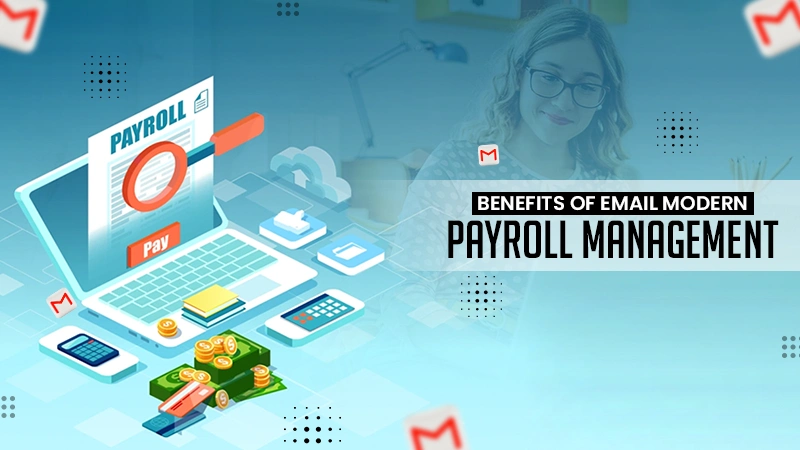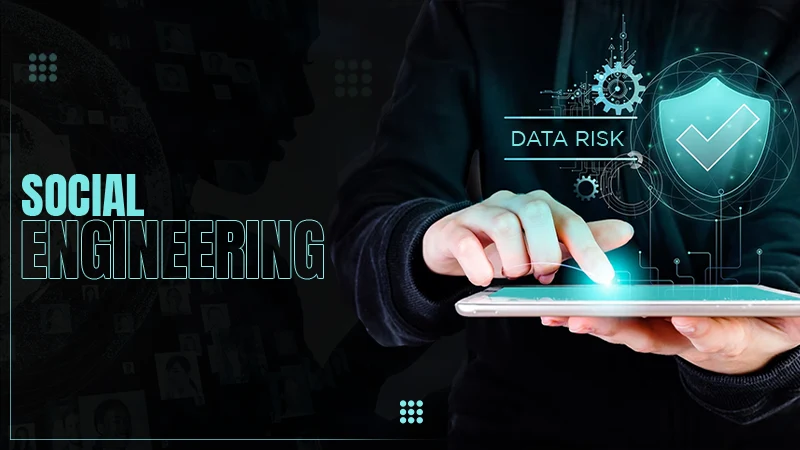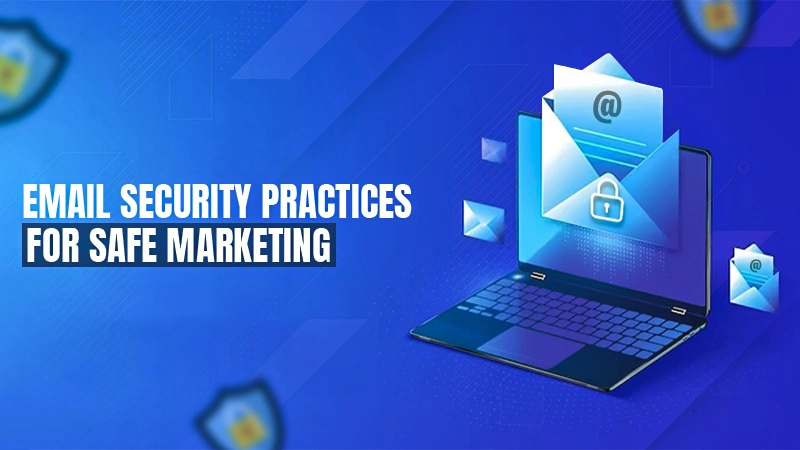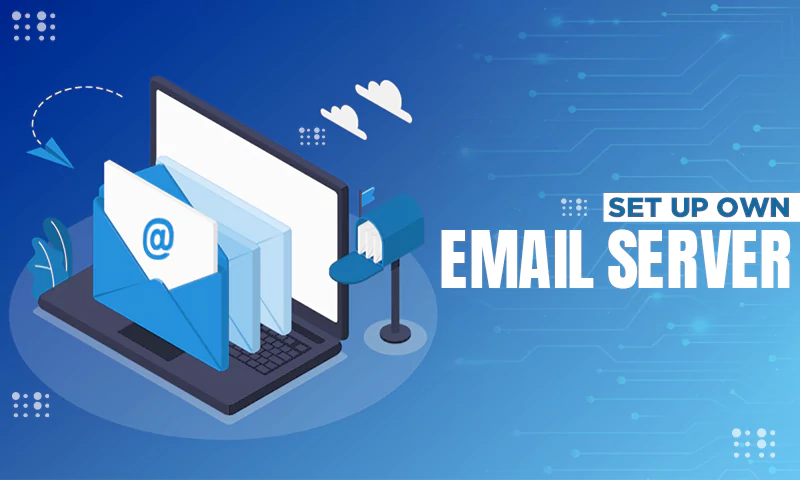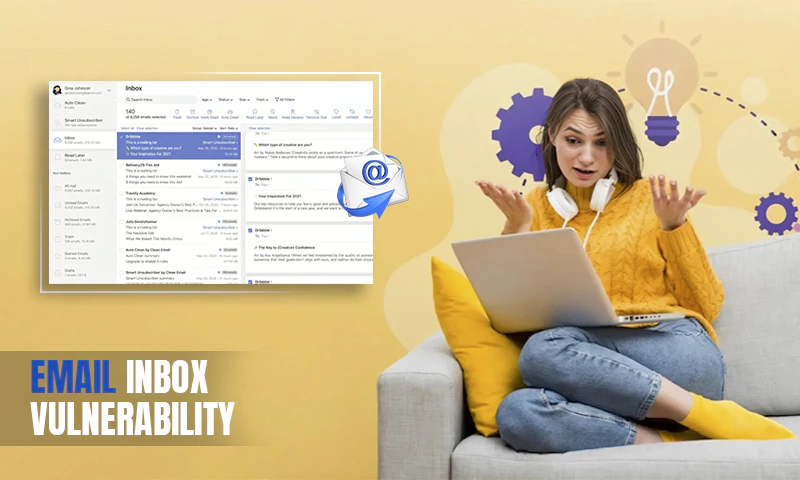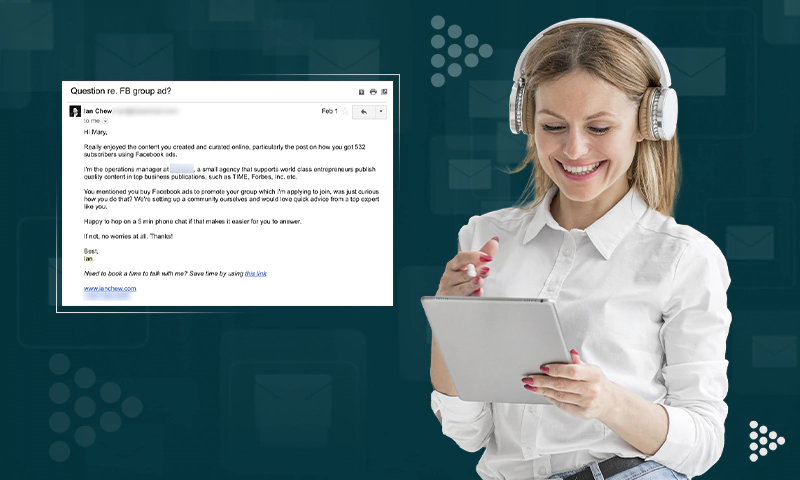Cybersecurity: The Many Dangers of Email
Modern enterprises face all kinds of cybersecurity threats, and businesses need to stay on top of all the different types of cyber-attacks out there to protect their networks.
One of the most common ways hackers and scammers target companies is through email. It’s really easy for cyber attackers to get ahold of company email addresses and target departments or employees to try and get ahold of sensitive data or install malware on company devices.
In this article, we’ll let you know what some of the most common email threats are in 2021 and give you some tips for avoiding them and improving your overall cybersecurity.
4 Common Email Security Risks in 2021
- Phishing
- Spoofing
- Malware
- Gaps in Email System Security
Phishing
Phishing emails are one of the most common email threats out there, but what is phishing?
Phishing is a term that can be used to describe any type of cyber attack in which scammers attempt to gain access to sensitive information by tricking people into willingly giving it out.
There are many forms of phishing emails. One of the methods scammers favor the most is to send emails that appear to be from legitimate organizations and services.
These emails often state that there is some kind of problem with the receiver’s account or device and ask them to click on a link or provide their login details or other sensitive information.
Phishing emails are particularly dangerous to enterprises because all it takes is one employee who falls for the trap and provides sensitive company data that allows hackers access to the company network, where they can wreak even more havoc.
To avoid phishing attacks on business email systems, educate employees and ask them to never click on links or give out sensitive data via email.
You should also always verify any sender’s email address to make sure it’s legit — phishing email addresses usually look off, or they might just add or change a number or letter in a real company’s email address.
Spoofing
Spoofing emails are similar to phishing emails, except the scammers pose as someone you know, either from within your organization or from a partner organization that you work with.
For example, spoofers might pretend to be the CEO of the company by creating a fake email account using their name from which to send spoof emails.
The scammers might then send an email to someone in the accounting department and try to trick them into emailing sensitive payroll or company credit card information.
Spoofing emails can be hard to spot, so to avoid them make sure everyone in your organization knows what legitimate email addresses are in use.
And, if anyone within your company asks you for sensitive data via email, give them a quick call or talk to them in person to verify that they sent you the email.
Malware
Malware is a broad term that can refer to malicious files, code, or software programs designed to collect data from computers they are downloaded to.
Hackers often send emails with attachments or download links that appear to be legitimate, but install malware on your device when you click on them.
Spyware is one common type of malware that collects sensitive data without you knowing about it. It can track your keystrokes and just about everything else you do on your device.
Ransomware is another common type of malware that hackers like to use to target companies. Once installed, it basically holds networks and devices hostage until you either pay the hackers or manage to get it removed by a cybersecurity expert.
To avoid being targeted by malware, make sure you and your employees never click on links and files in emails from unknown senders. You should also make sure every company device has up-to-date anti-virus software that runs regular automatic scans to find and remove malware.
Gaps in Email System Security
In addition to the above common email attacks, your email system itself might have serious gaps in its security that make it an easy target for hackers.
If this is the case, hackers may be able to access your email network directly, using it to create legit-looking company emails to use for things like phishing and spoofing emails, or otherwise exploit weaknesses in your email system’s configurations.
Final Thoughts
With so many employees working remotely these days from different devices and over different networks, it’s more difficult to stay on top of enterprise security. Tools like identity security – learn more about what is identity security via the link – can make a massive difference by protecting privileged users and other users, both in the cloud and in the office, but the strategies outlined above are still important.
Hackers and scammers love to target individuals and organizations via email, which is why it’s so important to make sure your company systems and devices are protected and your employees are up to date on how to avoid cyber attacks, like phishing emails and malware.
By following the tips in this article, you can significantly reduce the risks of email attacks on you and your organization.
Share








